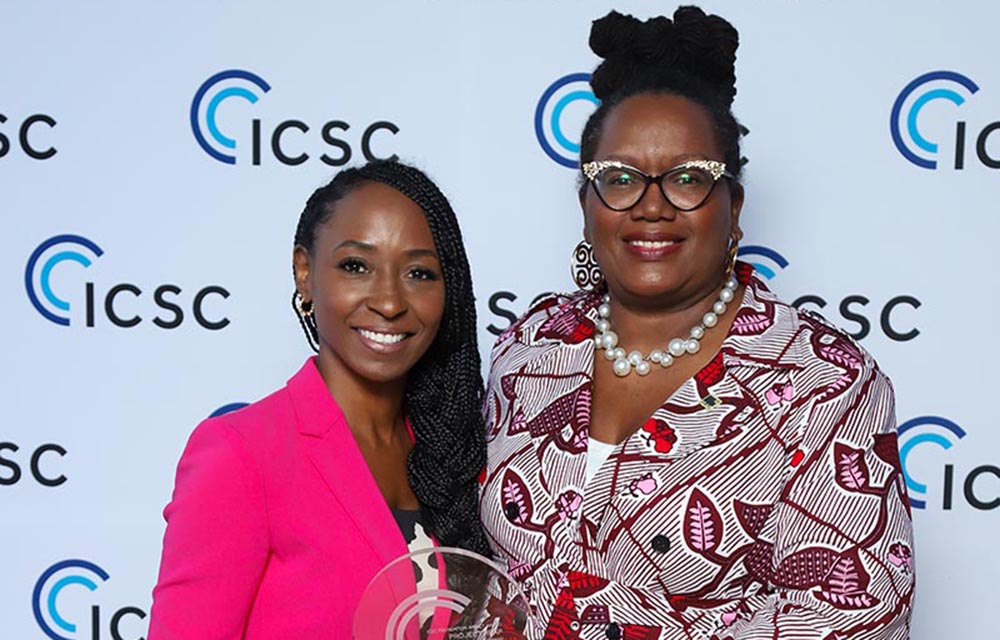News:
Brokerage
Posted: September 23, 2013
1031 exchange process revisited: Reviewing the fundamentals for the seller "exchanger"
Every commercial property owner knows the term 1031 exchange, but many fail to fully understand the various rules and regulations that make the transaction tax-deferred. The purpose here is simply to review the fundamentals for the seller "exchanger" to insure a qualified 1031 exchange.
First and foremost, the legal ownership of the relinquished property must match the legal ownership of the acquired property. And just to be clear the term "like-kind" exchange does NOT mean purchasing the same type of property which was sold. "Like-kind" refers to intent which falls into two categories; properties held for investment or properties held for productive use as in trade or business operations.
Absolutely critical to qualify as a 1031 exchange are the following. First, the total purchase price of the replacement "like-kind" property must be equal to, or greater than the total net sales price of the relinquished, real estate, property. This includes an equal or greater amount of debt for the replacement property. Second, all the net proceeds received from the sale of the relinquished real estate property must be used to acquire the replacement, "like-kind" property. Any cash proceeds retained from the sale are taxable.
The most important requirement of the 1031 exchange process is the appointment of a "Qualified Intermediary" (QI). 1031 exchange guidelines require that the proceeds of the relinquished property sale go through the hands of a QI and not through the exchanger's hands or the hands of one of his/her agents or else all the proceeds of the sale become taxable.
The QI serves a crucial function under the Internal Revenue (IRS) Code. Choosing an Intermediary to facilitate the 1031 exchange is usually the first and one of the most important steps. The QI should be a company that works on a full-time basis of facilitating 1031 exchanges. The Internal Revenue (IRS) Code requires that the person or entity serving as QI cannot be someone with whom the exchanger has had a former business or family relationship with prior to the transaction. The IRS code is clear in the fact that a QI has to be an independent organization whose only contact with the exchanger is to serve him/her as a QI. The QI handles the funds from the original sale and holds the funds until they are needed to purchase the new exchange (replacement) property. The QI then directly delivers the money to the closing agent who then, in turn, delivers the deed directly to the exchanger.
The QI is also responsible for properly filing the appropriate tax forms for the exchanger. First the 1031 exchange agreement is a contract between the exchanger and the QI that sets out the rules and guidelines. This must be followed in order to complete the 1031 exchange. Second is the assignment of the relinquished property "sales contract" to the QI. This is in place because, technically, the QI steps into the exchangers' position and sells the property. The third document the QI provides is a notice to the party on the other side of the transaction advising that the transaction is indeed a 1031 exchange. The purpose of notification to the other party is to prove, without doubt, that the 1031 exchange was in place at the closing.
The 1031 exchange process begins with the sale of the relinquished property. The critical and absolute exchange time-line is set out below, there are no extensions or exceptions.
The replacement property identification must fall under one of the following rules and occur within 45 days of the closing date.
The Three-Property Rule: Any three properties regardless of their market values can be identified.
The 200% Rule: Any number of properties as long as the aggregate fair market value of the replacement properties does not exceed 200% of the aggregate FMV of all of the exchanged properties as of the initial transfer date.
* The 95% Rule: Any number of replacement properties if the fair market value of the properties actually received by the end of the exchange period is at least 95% of the aggregate FMV of all the potential replacement properties identified.
Failure to adhere to the 45-day and 180-day time frames nullifies the 1031 exchange process.
Once the replacement property is identified, the due diligence and closing process follows that of a normal acquisition with a few important exceptions that, again, the QI will be sure to successfully help the exchanger navigate.
Remember, the key to a successful 1031 exchange and achieving the desired tax deferral benefit is in the choice of a reputable and experienced QI to guide the exchanger through the 1031 exchange process.
Gary Sopko is a managing director in the capital markets group at Transwestern, New York, N.Y.
Tags:
Brokerage
MORE FROM Brokerage
AmTrustRE completes $211m acquisition of 260 Madison Ave.
Manhattan, NY AmTrustRE has completed the $211 million acquisition of 260 Madison Ave., a 22-story, 570,000 s/f office building. AmTrustRE was self-represented in the purchase. Darcy Stacom and William Herring

Columns and Thought Leadership

Behind the post: Why reels, stories, and shorts work for CRE (and how to use them) - by Kimberly Zar Bloorian
Let’s be real: if you’re still only posting photos of properties, you’re missing out. Reels, Stories, and Shorts are where attention lives, and in commercial real estate, attention is currency.

Strategic pause - by Shallini Mehra and Chirag Doshi
Many investors are in a period of strategic pause as New York City’s mayoral race approaches. A major inflection point came with the Democratic primary victory of Zohran Mamdani, a staunch tenant advocate, with a progressive housing platform which supports rent freezes for rent

AI comes to public relations, but be cautious, experts say - by Harry Zlokower
Last month Bisnow scheduled the New York AI & Technology cocktail event on commercial real estate, moderated by Tal Kerret, president, Silverstein Properties, and including tech officers from Rudin Management, Silverstein Properties, structural engineering company Thornton Tomasetti and the founder of Overlay Capital Build,

Lasting effects of eminent domain on commercial development - by Sebastian Jablonski
The state has the authority to seize all or part of privately owned commercial real estate for public use by the power of eminent domain. Although the state is constitutionally required to provide just compensation to the property owner, it frequently fails to account








.jpg)

.gif)